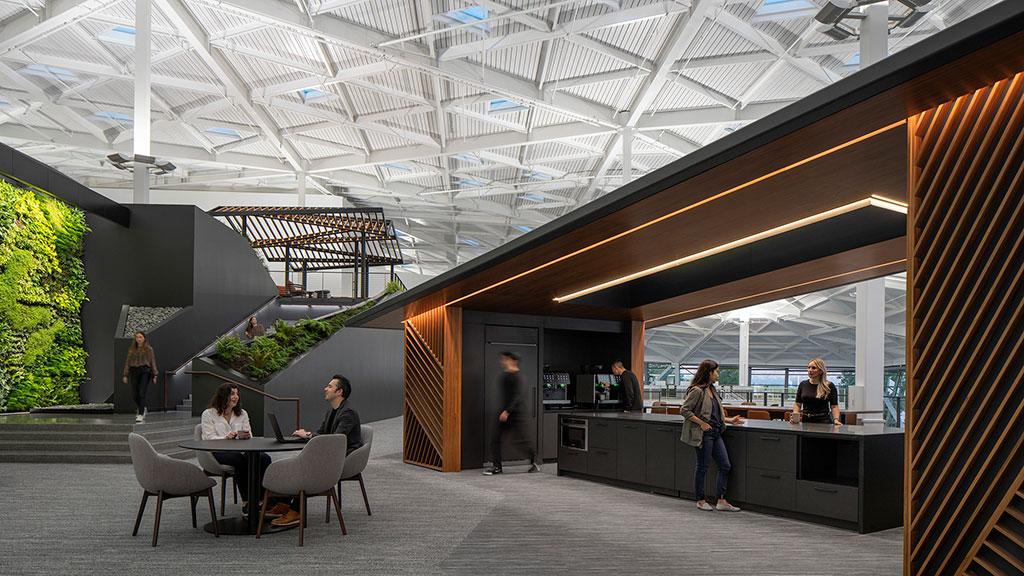A Well-Designed Workplace Is a Competitive Advantage
April 02, 2024 | By Andy Cohen and Diane Hoskins
Editor’s Note: The following excerpt is from Design for a Radically Changing World, by Gensler Global Co-Chairs Diane Hoskins and Andy Cohen.
Workplace design has the power to give companies and organizations a competitive advantage. The office of the future should be a place that motivates workers and supports them in doing their best work. By improving the start-to-finish experience of being at work — from the flexibility and comfort of the spaces where team members spend their time, down to the very materials that make up a building — office design can set companies apart in this bold new era of prioritizing the human experience.
Workers, and particularly those of younger generations, are also bringing greater social consciousness to their employment choices, which is also driving a shift in workplace priorities. A well-designed workplace acts as a magnet for talent, and in today’s competitive market, sustainability features set a property apart from the rest. Buildings have the unique ability to serve as a physical representation of a company’s ethos and identity. Space can be a compelling signal for clients, collaborators, and team members. People want to work with and for companies that align with their values and embody forward-thinking ideas. They want to be in spaces that take a holistic approach to health, safety, and wellness, and that make a positive impact on the physical world.
A healthy, sustainable workplace also makes companies more attractive to the next generation of leaders. According to the Deloitte Global Gen Z and Millennial Survey, health and climate change are top concerns for these younger generations, who are making career decisions based on their values. Net zero buildings are the pinnacle of this approach at the scale of the whole office building. The decision to use green materials and efficient building systems is not just socially responsible but makes good business sense: buildings and developments that do not prioritize design resilience will lose value as they come to be considered obsolete, uninsurable, and undesirable to tenants.

This trend toward tenants selectively choosing buildings that optimize both sustainability and experience is already underway, often dubbed the “flight to quality” of the post-pandemic era. Occupancy rates of lower-quality office stock are suffering, as companies seek to occupy only the best, most advanced spaces. Class-A real estate — which represents just 20% of all office stock according to the Urban Land Institute, defined by having cutting-edge design, advanced sustainability features, integrated technology, and high-profile tenants — yields the highest rent and greatest value to building owners and is proving most resilient in a market plagued by high vacancy rates.
For media inquiries, email .


